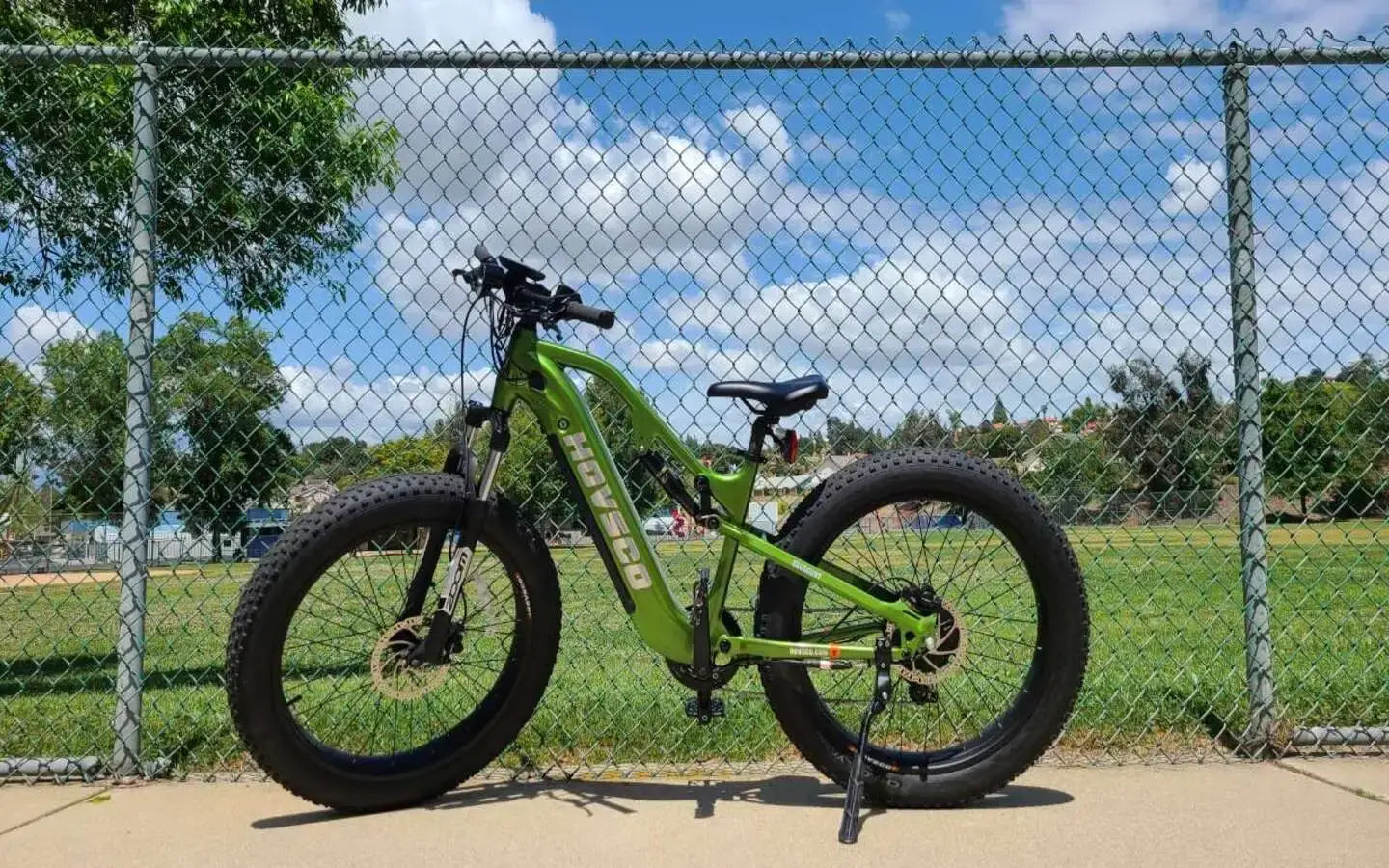
- by LiuJiazhu
What Are The Top-Rated Budget-Friendly Electric Bicycles For Urban Transportation?
- by LiuJiazhu
Top-rated budget-friendly electric bicycles for urban commuting include the Ancheer Power Plus, Swagtron EB5 Pro, and Ride1Up Core-5. These models prioritize affordability (under $1,500), reliable motors (250W–500W), and features like removable batteries, lightweight frames, and integrated lights. They balance cost and performance for daily city rides, making them ideal for commuters seeking eco-friendly transportation without breaking the bank.
Budget-friendly e-bikes typically cost under $1,500 and offer essentials like a durable motor, removable battery, and commuter-focused design. They prioritize value over premium extras, ensuring reliability for daily rides without compromising safety or basic functionality.
When defining a budget-friendly e-bike, price is the first factor—models under $1,500 strike a balance between performance and affordability. Look for a 250W–750W motor capable of handling hills and stop-and-go traffic, paired with a removable lithium-ion battery (36V–48V) offering 20–40 miles per charge. Practical features matter too: integrated lights, fenders, and a lightweight aluminum frame (under 55 lbs) enhance urban practicality. For example, the Swagtron EB5 Pro weighs just 37 lbs, making it easy to carry upstairs. However, cheaper models might skimp on brake quality or use basic suspension. Pro tip: Prioritize hydraulic disc brakes if possible—they’re safer in wet conditions and require less maintenance. Think of budget e-bikes like compact cars: they’re not luxury vehicles, but they reliably get you where you need to go.
Key features include a lightweight frame, responsive brakes, and a removable battery. Integrated accessories like racks, lights, and fenders add practicality, while a mid-drive or geared hub motor ensures smooth acceleration in traffic.
Urban commuting demands specific features to handle tight spaces, potholes, and frequent stops. A frame under 55 lbs (like the 48-lb Ride1Up Core-5) improves portability, while hydraulic or mechanical disc brakes provide reliable stopping power. Batteries matter too—look for 10Ah–14Ah capacity with a 4–6 hour charge time. But how do you balance cost and functionality? Models like the Ancheer Power Plus include a throttle mode for quick starts at intersections, which is handy in heavy traffic. Mid-drive motors, though rare in budget models, offer better hill-climbing than hub motors. Pro tip: Test-ride the bike if possible—some budget motors feel jerky at low speeds. Consider it like buying a smartphone: you don’t need the highest specs, but you do need a reliable battery and user-friendly interface.
| Feature | Ancheer Power Plus | Swagtron EB5 Pro |
|---|---|---|
| Motor Power | 350W | 250W |
| Battery Range | 40 miles | 20 miles |
| Weight | 55 lbs | 37 lbs |
Hub motors are common in budget e-bikes, offering affordability but less torque, while mid-drive motors (rare under $1,500) provide better hill-climbing and efficiency. Motor placement impacts weight distribution and ride feel, crucial for navigating urban terrain.
Most budget e-bikes use rear or front hub motors due to their lower cost and simpler installation. A 250W hub motor works for flat streets but struggles on steep inclines, whereas a 500W motor (like on the Ride1Up Core-5) handles moderate hills. Mid-drive motors, which power the cranks instead of the wheel, optimize gear usage for efficiency—but they’re often excluded from sub-$1,500 models. Practically speaking, a hub motor is like a reliable backpack—it gets the job done but isn’t always elegant. Pro tip: If your commute has hills, prioritize a 500W+ motor despite the higher cost. Remember, though, that wattage alone doesn’t guarantee performance—torque (measured in Nm) matters too. For instance, a 40Nm motor climbs better than a 30Nm one, even at the same wattage.
Yes, but battery quality varies. Look for branded lithium-ion cells (e.g., Samsung, LG) and a minimum 360Wh capacity. Cheaper e-bikes may use generic cells, which degrade faster—opt for a 1-year battery warranty to mitigate risks.
Budget e-bike batteries often cut costs by using non-branded cells, leading to shorter lifespans (300–500 cycles vs. 800+ for premium brands). A 36V, 10Ah battery (360Wh) provides ~20 miles per charge, but real-world range drops 20% in cold weather or hilly areas. For example, the Swagtron EB5 Pro’s 374Wh battery suits short commutes but requires nightly charging. Pro tip: Store the battery at 50% charge if unused for weeks to prolong its life. Think of it like a gas tank: smaller capacities work for short trips, but you’ll refill frequently. Always check if the battery is UL-certified for fire safety—critical for apartment dwellers.
| Model | Battery Type | Charge Time |
|---|---|---|
| Ancheer Power Plus | 36V 10Ah | 5 hours |
| Ride1Up Core-5 | 48V 12Ah | 6 hours |
Weight impacts portability and maneuverability. Ideal urban e-bikes weigh under 50 lbs, combining aluminum frames with compact batteries. Heavy models (55+ lbs) are harder to carry upstairs or onto public transit.
Urban riders often need to lift their e-bike—say, onto a train or up a flight of stairs. A lightweight frame (37–50 lbs) like the Swagtron EB5 Pro’s aluminum build reduces strain, while heavier bikes sacrifice convenience for durability. Mid-drive motors add weight but improve balance, whereas hub motors keep it lighter. But what if you need both power and portability? The Ride1Up Core-5 strikes a middle ground at 48 lbs with a 500W motor. Pro tip: If weight is a priority, avoid steel frames and opt for bikes with removable batteries—they shave off 5–7 lbs when separated. It’s akin to choosing a carry-on suitcase: manageable weight matters more than extra pockets.
Yes, but ensure they have IP54-rated water resistance and sealed connectors. Avoid riding through deep puddles, and dry the bike after use to prevent corrosion.
How often should I service a budget e-bike?Check brakes and tire pressure monthly, and lubricate the chain every 100 miles. Annual professional tune-ups prevent costly repairs down the line.
Share:
What Are Affordable eBike Conversion Kits for Traditional Bicycles?
Why Use a HOVSCO Discount Code for Your Next Ebike Purchase?